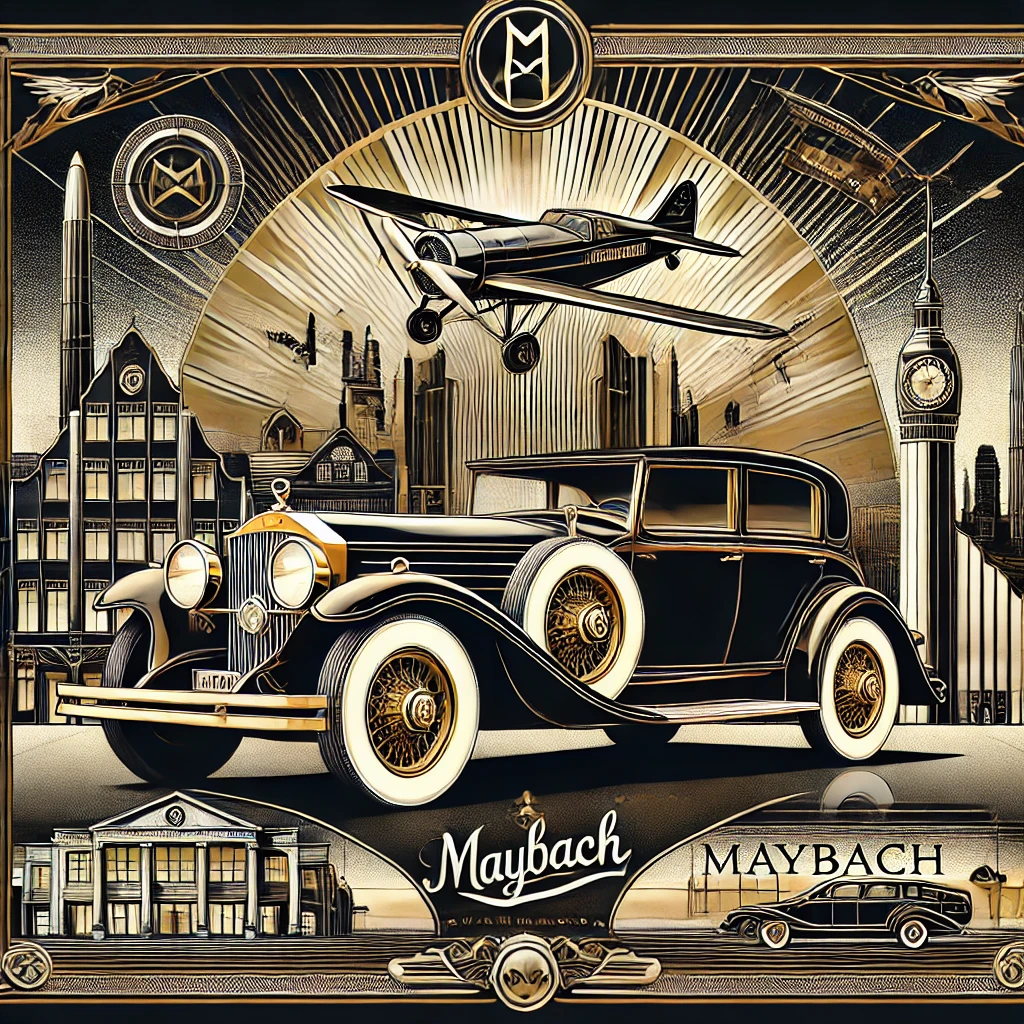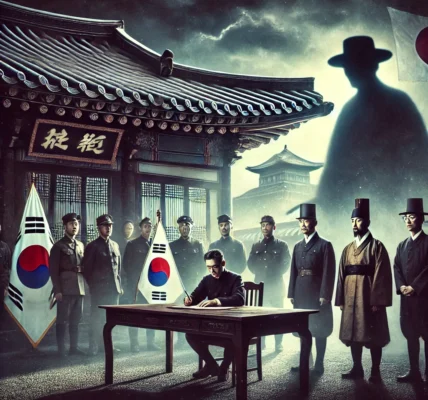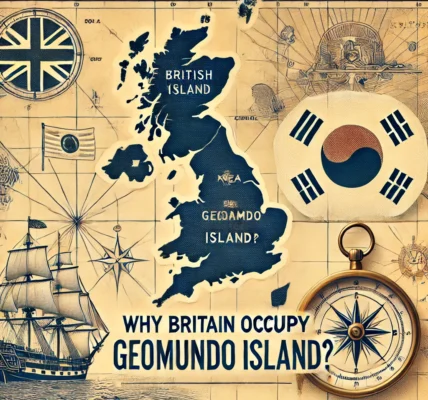The History of Maybach
Introduction
The Maybach brand is synonymous with luxury, elegance, and engineering excellence. What began as a venture into aeronautics evolved into a symbol of automotive opulence. This article takes you on a journey through Maybach’s history, from its early days in aviation to becoming one of the world’s most revered luxury car brands.

The Origins of Maybach: Aviation and Innovation
From the Skies to the Roads
Maybach’s roots trace back to Wilhelm Maybach, a brilliant engineer who collaborated with Gottlieb Daimler. Together, they developed engines for some of the earliest automobiles. However, it was during the 1920s that Maybach began its journey in luxury automobiles, after gaining recognition for producing powerful engines for airships, notably the Zeppelin. This expertise in crafting engines set the foundation for Maybach’s entry into the automotive world.
Zeppelins and the Symbol of Luxury
The Zeppelin airships, powered by Maybach engines, were the epitome of luxury and grandeur. They were designed to glide through the skies in elegance, with spacious cabins and luxurious amenities. This connection to aviation not only influenced the brand’s reputation but also inspired its future automotive designs.
The Golden Era: Maybach’s Entry into the Automotive Industry
The Two-Tone Elegance of the 1920s
In the 1920s and 1930s, Maybach emerged as a prestigious car manufacturer, creating vehicles that symbolized luxury and innovation. The two-tone color scheme, now iconic, was a nod to the design trends of the era. This unique aesthetic set Maybach apart from its competitors, representing the height of sophistication and wealth.
Models That Defined an Era: Maybach W3 and Zeppelin DS8
The Maybach W3, introduced in 1921, was one of the first vehicles with a four-wheel brake system, a testament to the brand’s commitment to innovation. Another significant model was the Maybach Zeppelin DS8, which embodied luxury with its smooth ride, silent engine, and plush interiors. These cars became symbols of status among the elite, further solidifying Maybach’s reputation for excellence.
The Challenges and Rebirth of Maybach
World War II and the Decline
The outbreak of World War II brought a halt to Maybach’s automotive production. The brand shifted focus to manufacturing engines for military vehicles, and the post-war period saw a significant decline in luxury car production. As a result, Maybach faded into obscurity for several decades, seemingly disappearing from the luxury automotive scene.
The Daimler Takeover and Resurgence
It wasn’t until the early 2000s that Maybach experienced a revival. Daimler AG reintroduced the brand, launching the Maybach 57 and Maybach 62 models, named after their respective lengths in decimeters. These vehicles embodied luxury and advanced technology, signaling Maybach’s return to the pinnacle of automotive excellence.
The Modern Maybach: A Fusion of Tradition and Innovation
The Collaboration with Mercedes-Benz
Today, Maybach operates as the Mercedes-Maybach sub-brand, merging Maybach’s heritage of luxury with Mercedes-Benz’s cutting-edge technology. Models like the Mercedes-Maybach S-Class epitomize the perfect blend of opulence and modernity, featuring state-of-the-art amenities, handcrafted interiors, and advanced safety features.
A Century of Luxury and Beyond
Maybach continues to evolve, catering to a new generation of luxury enthusiasts while maintaining its commitment to craftsmanship and elegance. The brand’s vehicles are now symbols of status and success, beloved by celebrities, dignitaries, and discerning car enthusiasts worldwide.
The Distinctive Design Elements of Maybach
The Iconic Maybach Logo
The double “M” logo of Maybach stands for Maybach-Manufaktur, representing the brand’s commitment to handcrafted quality. This emblem has become a hallmark of luxury, instantly recognizable and synonymous with excellence.
Art Deco Influence and the Return to Heritage
Maybach’s design language is heavily influenced by Art Deco—an artistic movement popular in the 1920s. The streamlined curves, two-tone paint schemes, and luxurious interiors all pay homage to this era, showcasing Maybach’s dedication to preserving its heritage while adapting to contemporary tastes.
Conclusion: The Timeless Legacy of Maybach
Maybach’s history is a journey of innovation, resilience, and luxury. From powering Zeppelins in the skies to crafting some of the world’s most opulent automobiles, Maybach has remained a symbol of timeless elegance and engineering brilliance. Its enduring legacy serves as a reminder that true luxury is not just about status—it’s about the relentless pursuit of perfection.











